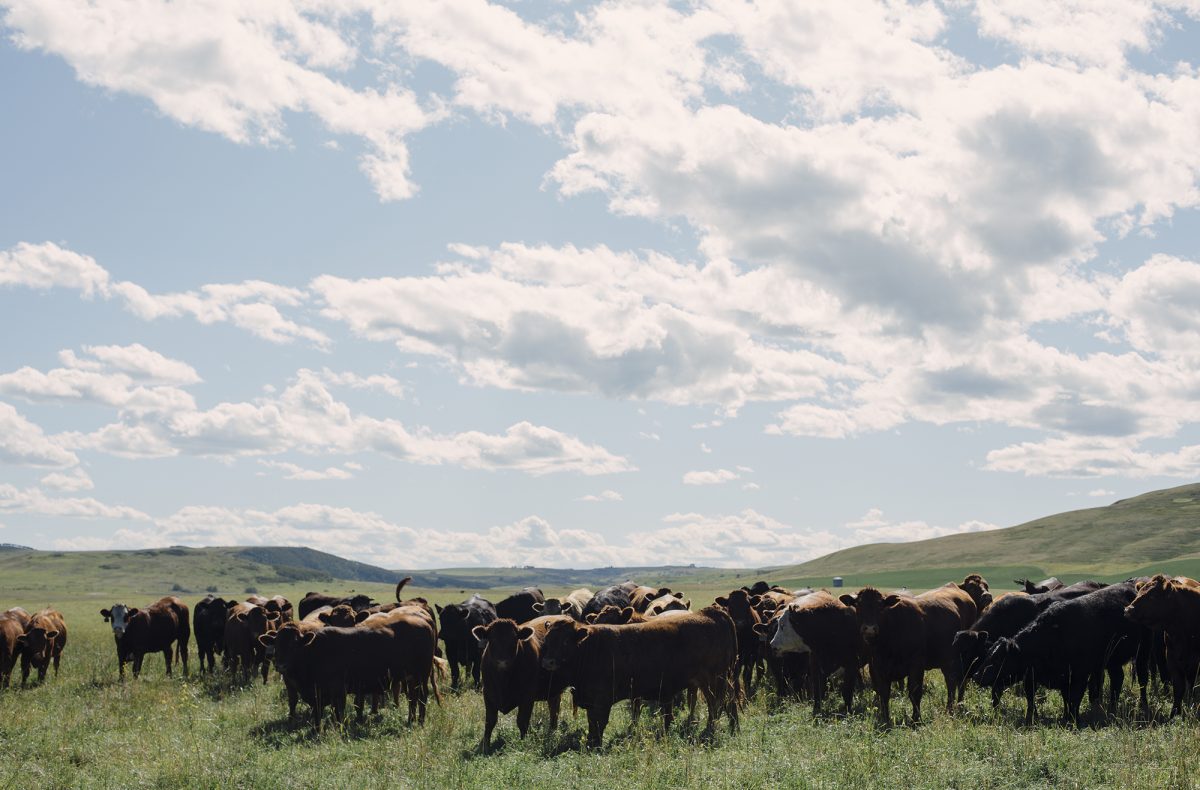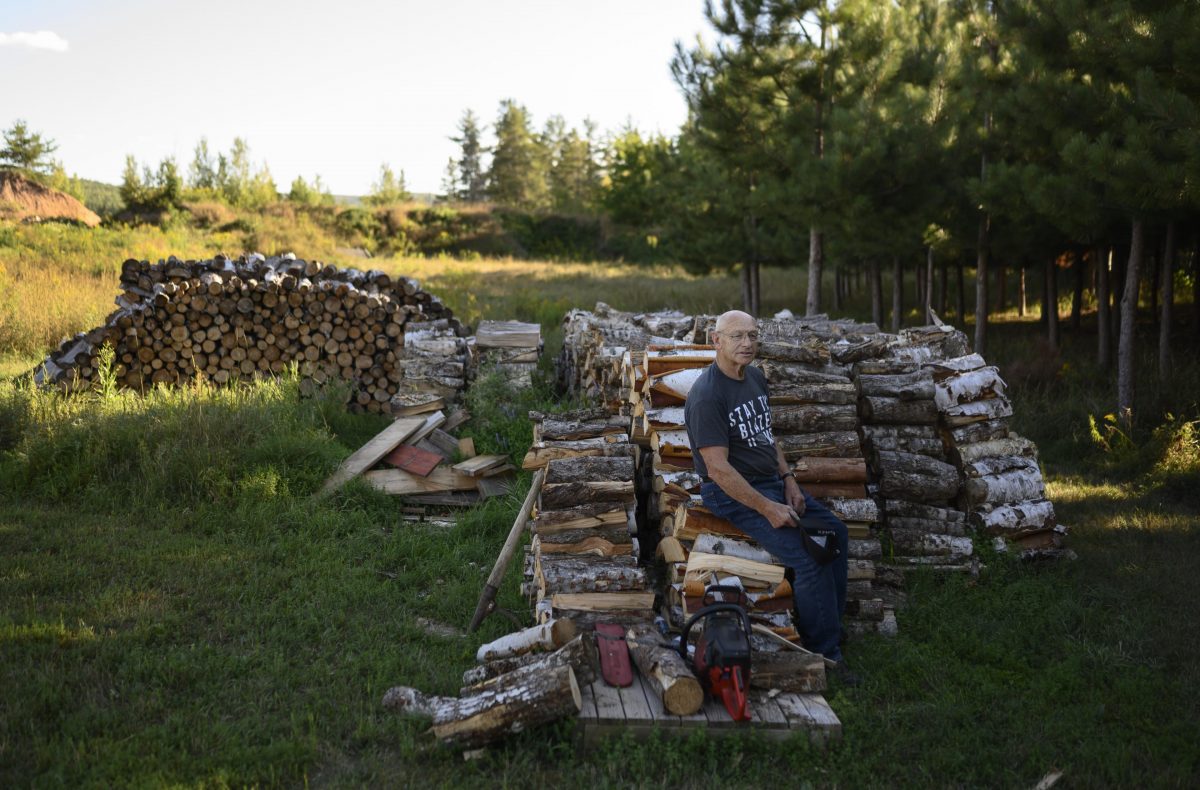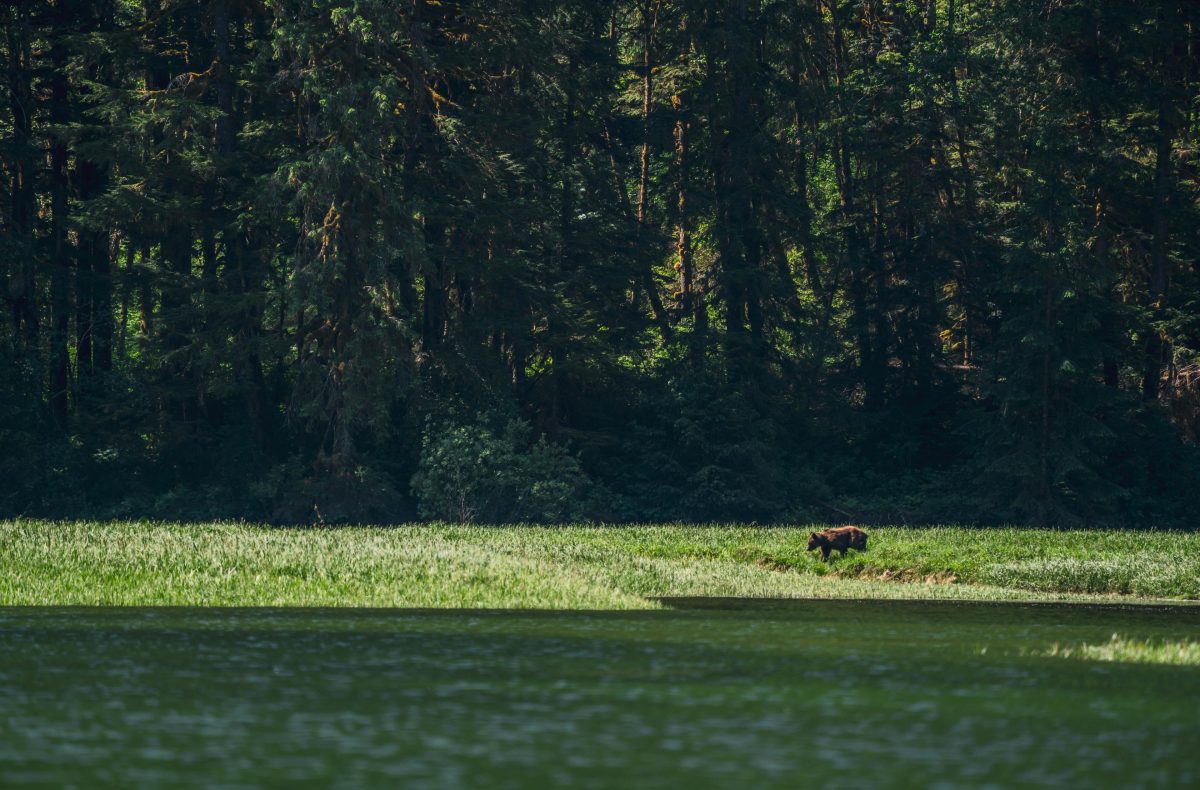One of the goals of our Environment program’s Carbon Landscapes initiative is to increase the level of awareness and understanding among Canadians about natural climate solutions. Through support for in-depth research, reporting, and engaging coverage of this work, we help to shed light on the issues, people, and communities working at the intersection of climate, biodiversity, and sustainable livelihoods.
Carbon Cache, a special series produced by The Narwhal and funded by Metcalf, looks at the role of Canada’s natural landscapes in the fight against climate change. Featured below are stories from the series.



















